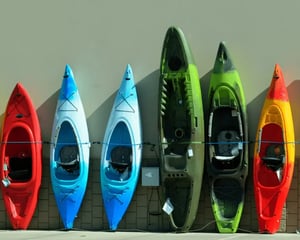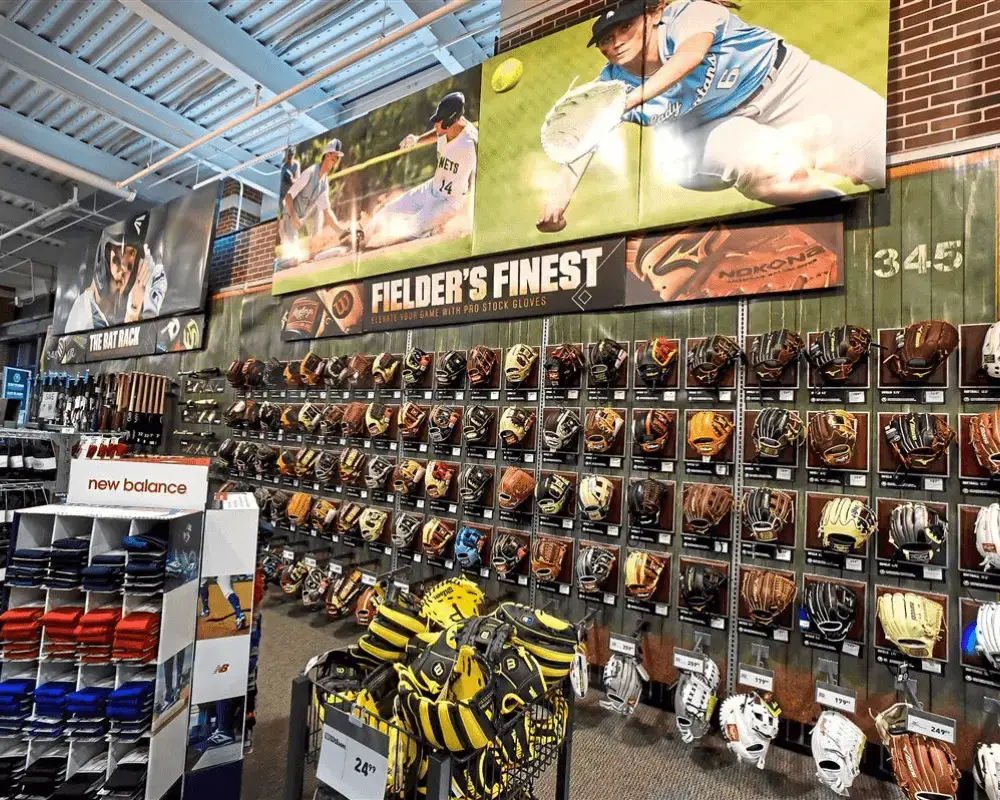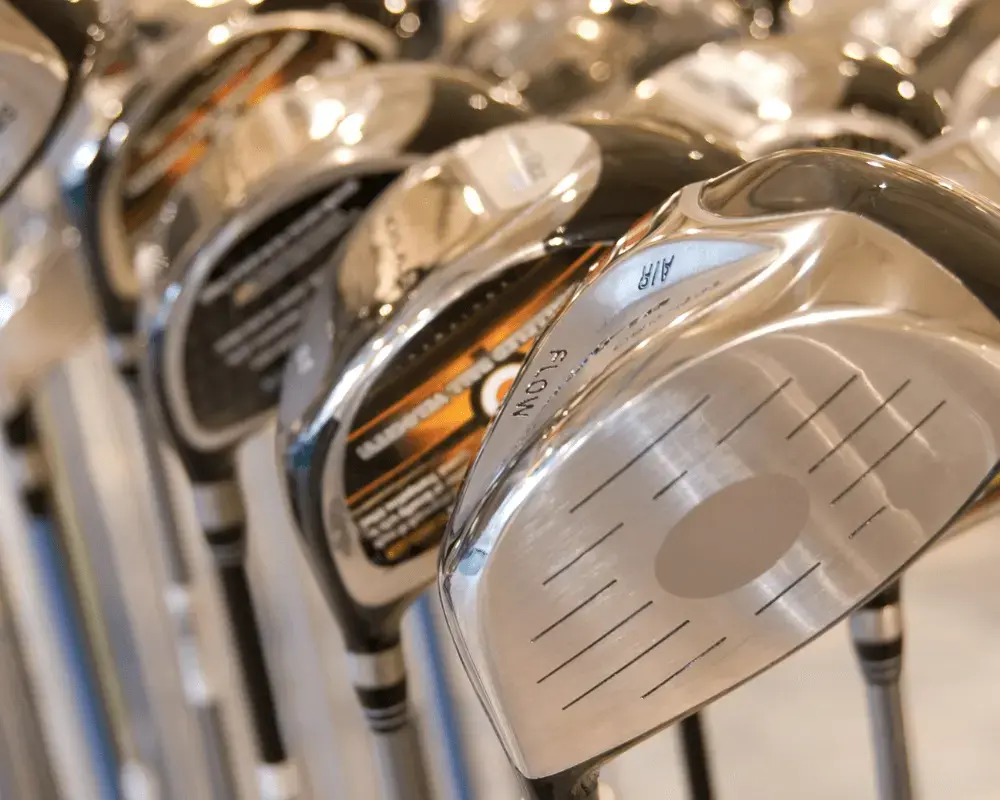
Case Study
National Sporting Goods Retailer Transforms Legacy Order Management System with Agile Microservice Based Architecture
The sporting goods retailer is planning on achieving large improvements in operational efficiency, with a 30% reduction in cost-to-serve and a 50% increase in employee productivity and efficiency.
Customer Profile
A prominent North American sporting goods retailer, boasting an annual revenue of $12B and a network of over 850 locations across the continent, tapped into Nextuple’s extensive microservices expertise to enhance various aspects of their operations and modernize their omnichannel fulfillment systems.
As their existing legacy order management system (OMS) was aging, the sporting goods retailer made the decision to embrace composable microservices. Ultimately the retailer determined that their requirements aligned with an overall drive towards building a next generation microservice based solution that offers agility and flexibility to support their accelerated digital commerce growth and future business needs.

Constraints within the sporting goods retailer’s legacy order management system platform prompted the need for a transition away from their previous provider. The driving force behind this transition was the pursuit of a more agile and scalable infrastructure with a less monolithic approach, that also provided the ability for a high level of customization.
While the legacy OMS provider offered an updated suite of options, the sole method for implementing these updates was through a few large deployments over a short period of time. Given the intricacy and size of the order management system transformation, the retailer needed a multi-phase approach, spanning a three-year plus period to carry out the migration. This approach would provide them with the ability to sequence the transition of functions according to their own internal priorities and dependencies with other enterprise applications.
Additionally, the retailer was looking for expert guidance on how they would create this forward-thinking architecture. This included a clear roadmap that took into account their unique constraints.
Through this journey the retailer also needed to balance their desire to own and operate the new infrastructure with the fact that doing it completely on their own would add significant time to the transition. This shift in architecture would enable them to effectively address the evolving demands of their entire OMS footprint which included: capacity management, inventory management, order promising and sourcing, order orchestration, store fulfillment, order research and vendor fulfillment needs.
On the business side, the lack of capabilities in the legacy solution was leading to significant profitability and customer experience challenges with their omni fulfillment including:
- Meeting order delivery commitments
- Efficiently using store resources to fulfill orders profitably.
- Managing employee/store fulfillment capacity to drive down cost to serve and improve SLA
- Consolidating a management view of inventory availability
- Viewing accurate order fulfillment statuses

But the retailer also knew if they shifted to a microservices based architecture, they could create a new set of problems with each of these services having its own set of configurations and dashboards and visibility. This would make managing the services a challenge for the business users and complicate order research tasks. A new consolidated UI would need to be considered as part of the migration.
They had also created their own set of microservices along the way to troubleshoot and manage the fulfillment process as it grew in complexity. Over time, this set of tools grew to be its own problem for the users navigating across multiple user interfaces to research issues.
Lastly, the sporting good retailer’s current solution for vendor order fulfillment was also based on their legacy provider. To support growth of their vendor fulfillment channel, either with introduction of new vendors, new vendor integration, expanded assortment and/or custom product, the retailer needed more flexibility than the current legacy solution provided.
As a result, the retailer chose to adopt a microservice-based architecture tailored to meet their specific requirements. The retailer, in partnership with Nextuple, designed, built and deployed a suite of Order Management Microservices to customize and streamline their needs.
Constraints within the sporting goods retailer’s legacy OMS platform prompted the need for a transition away from their previous provider. The driving force behind this transition was the pursuit of a more agile and scalable infrastructure with a less monolithic approach, that also provided the ability for a high level of customization.
The sporting goods retailer chose Nextuple as a strategic partner to embark on the modernization journey to upgrade and move away from their legacy OMS. Their primary objective was to find a partner capable of accelerating the process, providing valuable thought leadership on features and IT agility, all while empowering their internal teams to collaborate effectively, putting them in a position to manage the new microservices based architecture on their own.
Nextuple's industry knowledge is unmatched. Our founders, product managers, engineers and architects bring a wealth of experience, with a collective background spanning renowned companies such as Walmart, Best Buy, IKEA, Lowes, Expicient, IBM, and Blue Yonder. Nextuple’s team possesses the technical expertise to build customized microservices that fit retailers’ unique needs. With over 100 retail OMS implementations across our team, Nextuple understands the evolution of microservices at a typical retailer and as a result the designs of these solutions are future proofed for growth and continued iteration.
Additionally, Nextuple had readily available products the retailer could implement with some customization, without having to be built from the ground up, providing faster time to market. This journey is still in progress but to date we’ve worked together to deliver the following solutions.
The modernization journey includes a phased roll out of solutions that will deploy over 3 years.
We have worked with the sporting goods retailer to deliver the following solutions:
- Store Fulfillment Modernization
- Fulfillment Hub UI
- Store Capacity Microservice Solution
- Vendor Order Fulfillment Gateway
- Product Development Lifecycle Solution

Store Fulfillment Modernization
As part of the store fulfillment modernization program, the retailer was looking to define the next generation architecture that is flexible and extendable to support accelerated digital commerce growth and accommodate future business needs. The objectives of the store fulfillment modernization program are:
- Improve cost to serve/profitability of store fulfillment operations by optimizing the system/operation for the size of the business demand
- Increase store associate productivity and efficiency leveraging real-time store operating inventory, item location and data led task completion
- Labor Neutral - Enable labor spending time on value-add tasks and eliminating non-sales related tasks
- Improve labor productivity and efficiency (improve Pick/Pack/customer pick up rates)
- Enable and support keeping store inventory accurate
- Enhance customer experience
After careful evaluation of their existing store fulfillment solution that was tightly coupled with the legacy EOM solution, Nextuple recommended building a new store fulfillment solution (including android mobile app) from the ground up. When completed, the new store fulfillment solution will support BOPIS, Ship to Store, Same Day Delivery and Ship from Store programs. In addition to decoupling from the legacy EOM, this new store fulfillment solution will also deliver on the objectives listed above. Here are some of the opportunities identified towards the same:
- Wave Planning & Batch picking
- System generated curated Picklist
- Prioritizing pick from backroom
- Guided step by step picking with pick path planner
- Accurately measure associate productivity & efficiency
- Enabling real time customer pickup check-ins and on-the-way feature
- Save the Sale for BOPIS declines

Fulfillment Hub UI
Nextuple’s creation of the Fulfillment Hub UI addressed rationalizing numerous microservices that were being built to support the modernization into one set of screens. They needed Nextuple’s expertise in creating a user interface capable of seamlessly interacting with these microservices, empowering their team members to perform essential functions. This UI facilitates increased efficiency and effectiveness in their operations while contributing to their ongoing modernization efforts. The UI handles a wide variety of tasks such as inventory overrides, visibility to order status, management of orders, configurations for sourcing tiers and capacity management. This UI encompassed microservices internally built by the retailer and ones delivered by Nextuple.
Store Capacity Microservice Solution
Nextuple’s Store Capacity Microservice revolutionized the associate experience, enhancing productivity with centralized, capacity data viewing and editing capabilities. It provides the ability to accurately and reliably schedule capacity forecast updates ahead of planned effective dates. It enables improved sourcing and allocation logic by providing real-time visibility into both worked and unworked capacity units, ultimately leading to more accurate EDD (estimated delivery date) calculations.
Vendor Order Fulfillment Gateway
In collaboration with Nextuple, the sporting goods retailer designed, built and deployed a suite of Order Management Microservices aimed at streamlining the vendor order fulfillment processes.
As part of this initiative, orchestration of orders being fulfilled by dropship vendors are being migrated to a similar microservice based architecture. This module is called “Vendor Order Fulfillment Gateway” (VOFG), or “Vendor Gateway” (VG) for short. This gateway allows the retailer to create and process downstream vendor fulfillment orders, create purchase orders in sync with their ERP, orchestrate vendor order lifecycles, and integrate with vendors to send and receive order updates.
Product Development Lifecycle Solution
Nextuple also provided product development lifecycle improvements that supported the implementation and delivery through our expert services. These improvements included:
- More agile development processes including running sprints defined by epics & user stories
- Well documented User flows, application maps, page mockups, wireframes, and visual design
- Detailed technical designs & interface mappings
- Extensive Code & test scripts
- Accurate deployment & rollout plans
- Comprehensive knowledge transfer & training sessions
- Extensive target state architecture & roadmap
- Milestone-based MVP & long-term implementation plan
The Results
The sporting goods retailer is planning on achieving large improvements in operational efficiency, with a 30% reduction in cost-to-serve and a 50% increase in employee productivity and efficiency. These outcomes will come from the adoption of microservices based solutions and Nextuple’s expert consulting services, which encompassed:
- Streamlining labor planning for greater efficiency and cost reduction
- Reducing inefficiencies in labor spend through improved associate productivity and more accurate measurements
- Enhancing scalability to handle higher order volumes, eliminating dependency on external teams
- Reducing customer pick-up times and increasing order fill rate resulting in improved customer satisfaction
- Overall increase in sales due to improvement sale conversion rates and customer experience
Nextuple has an ongoing relationship with the national sporting goods retailer. We are excited to continue working with them on their modernization journey, which is slated to be completed in 2025.
.png?width=113&name=nextuple_logo_vector%20(4).png)